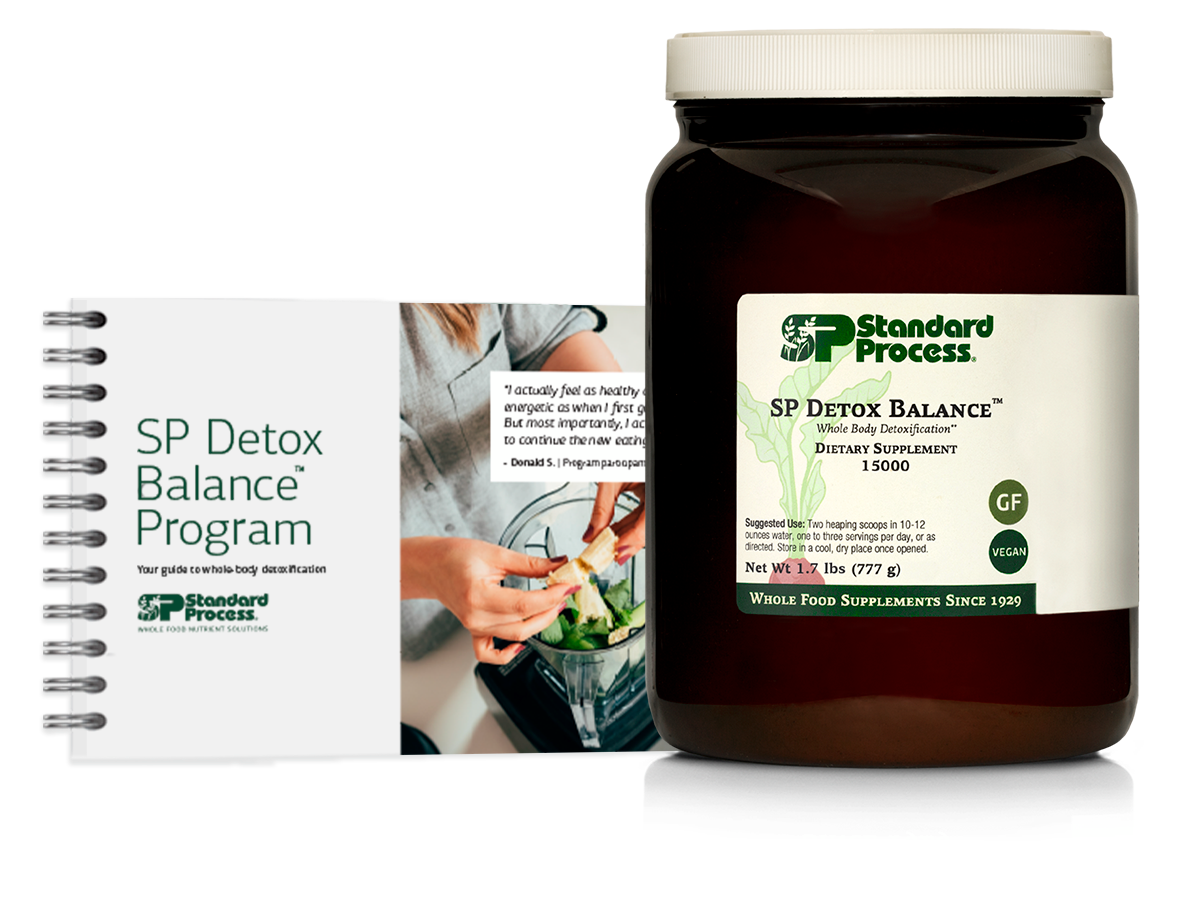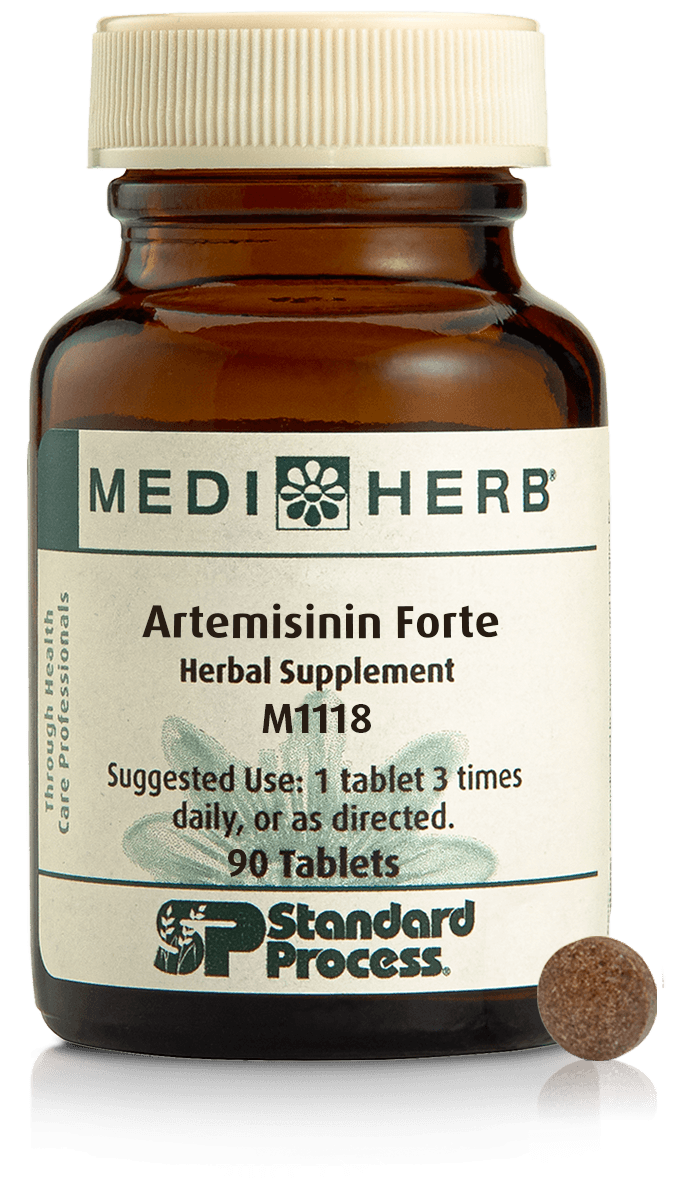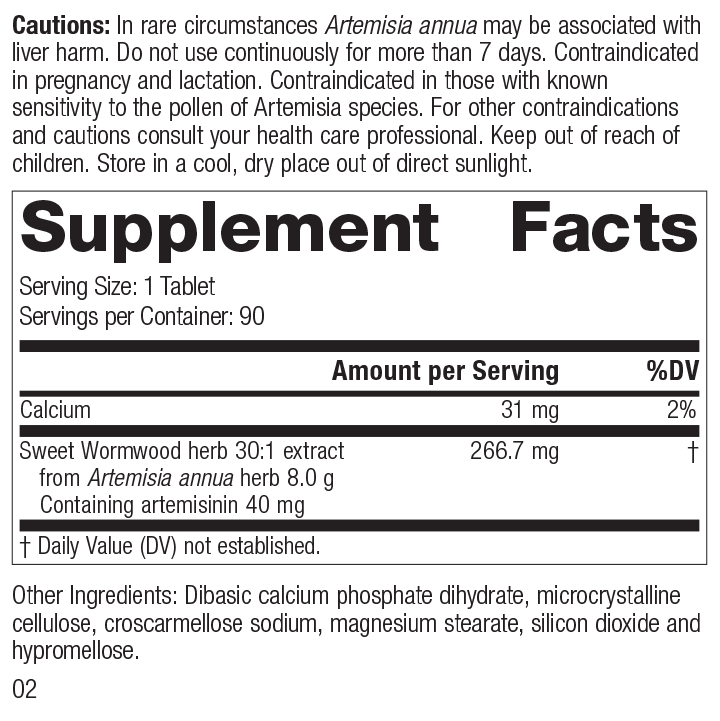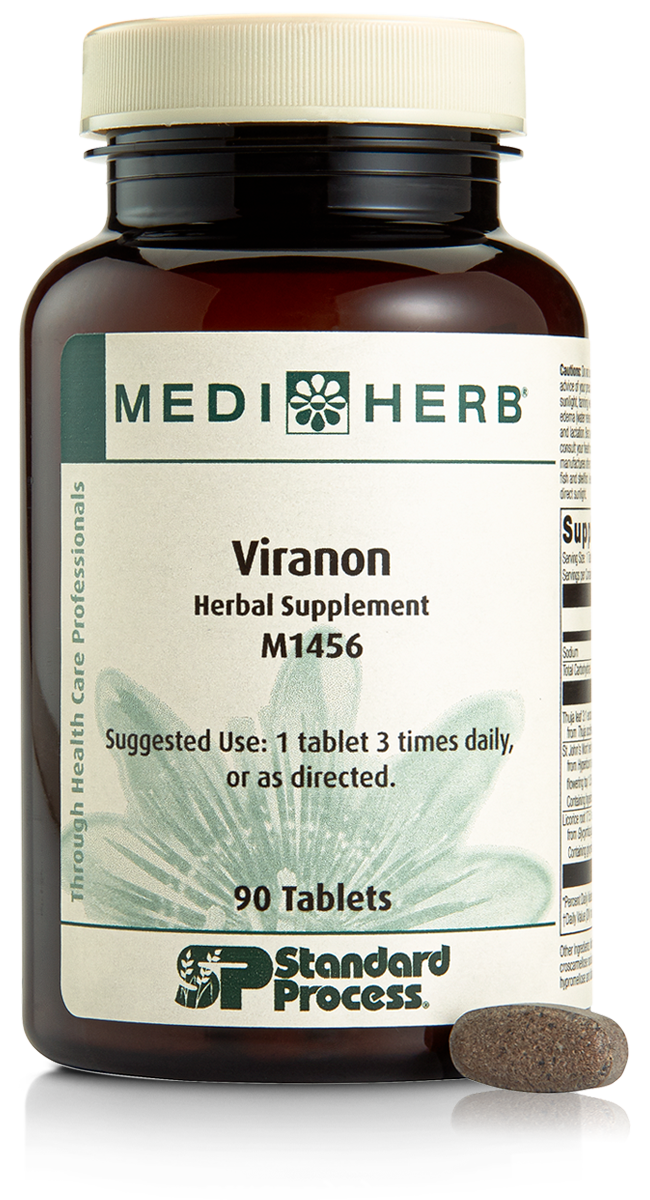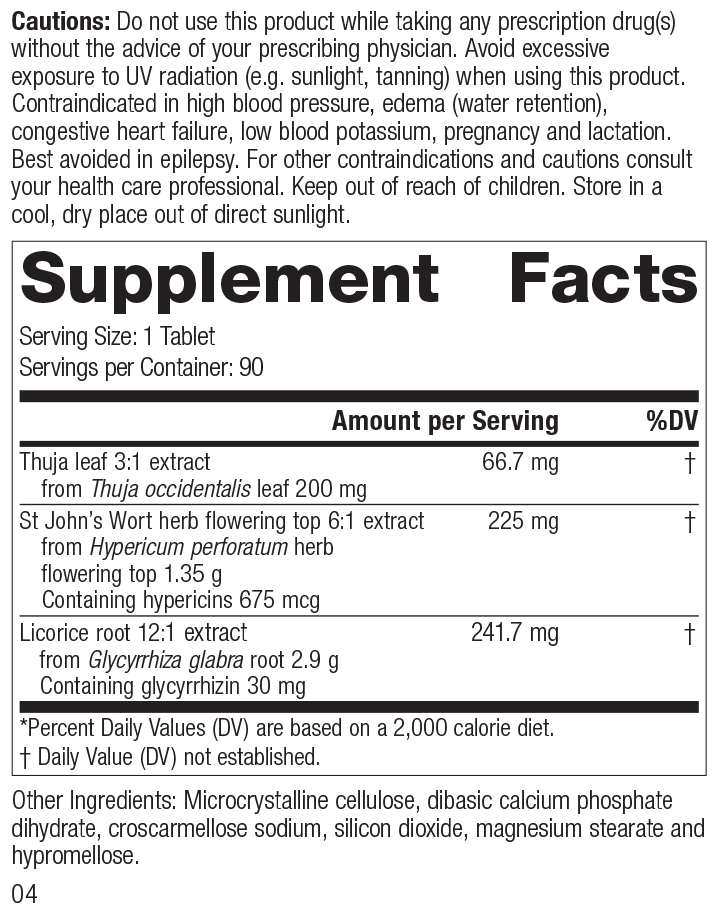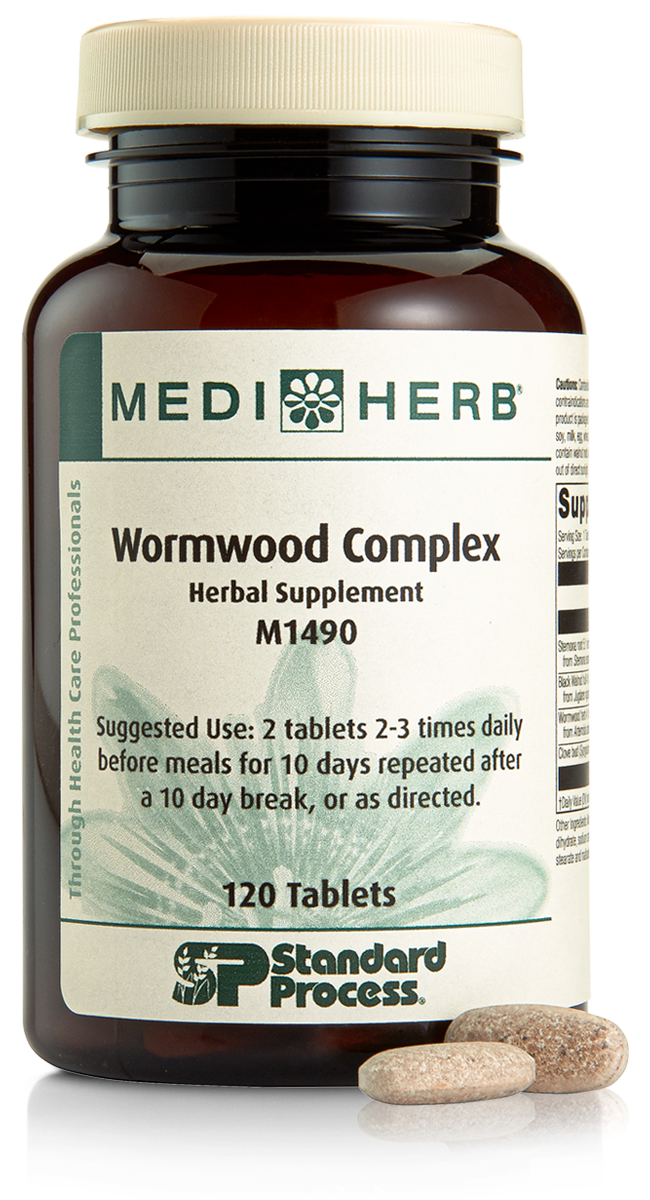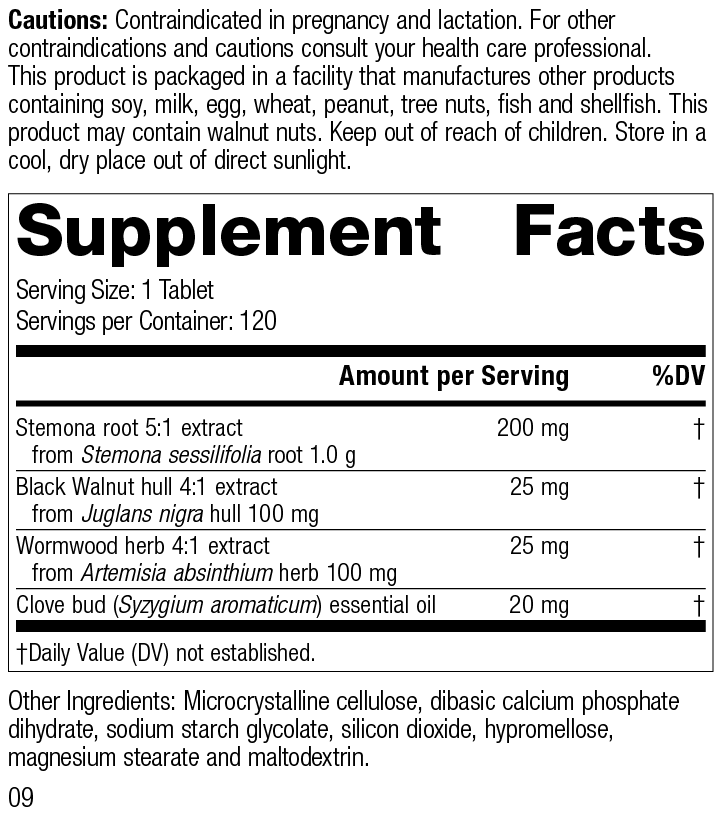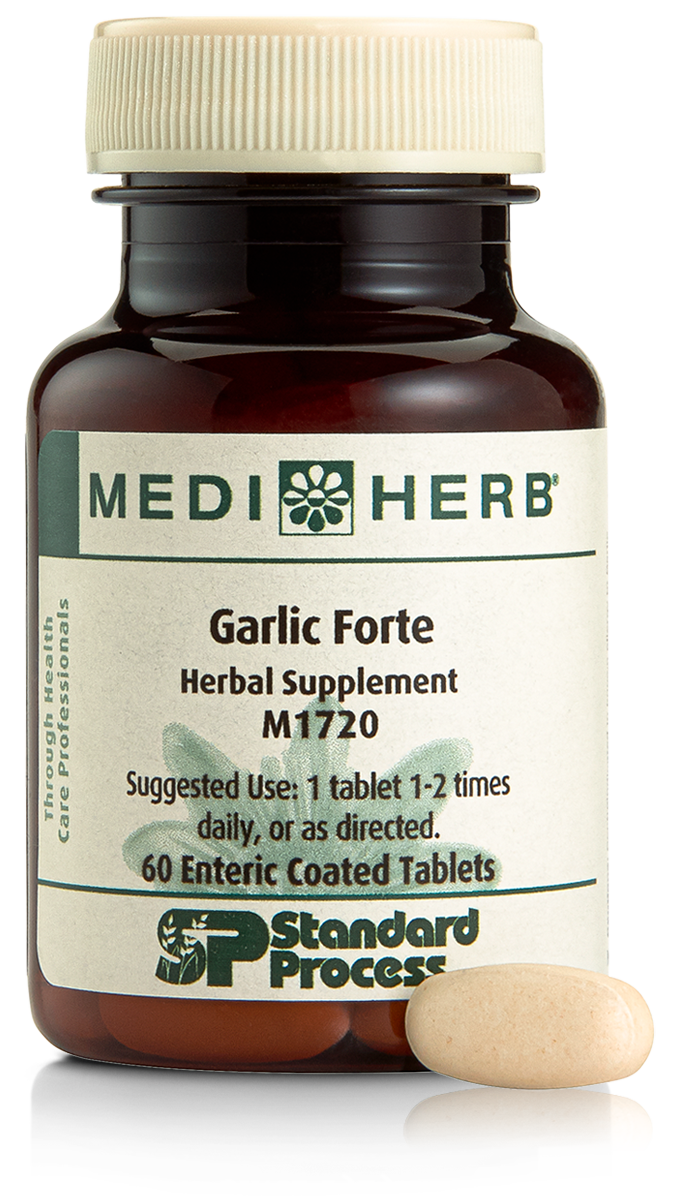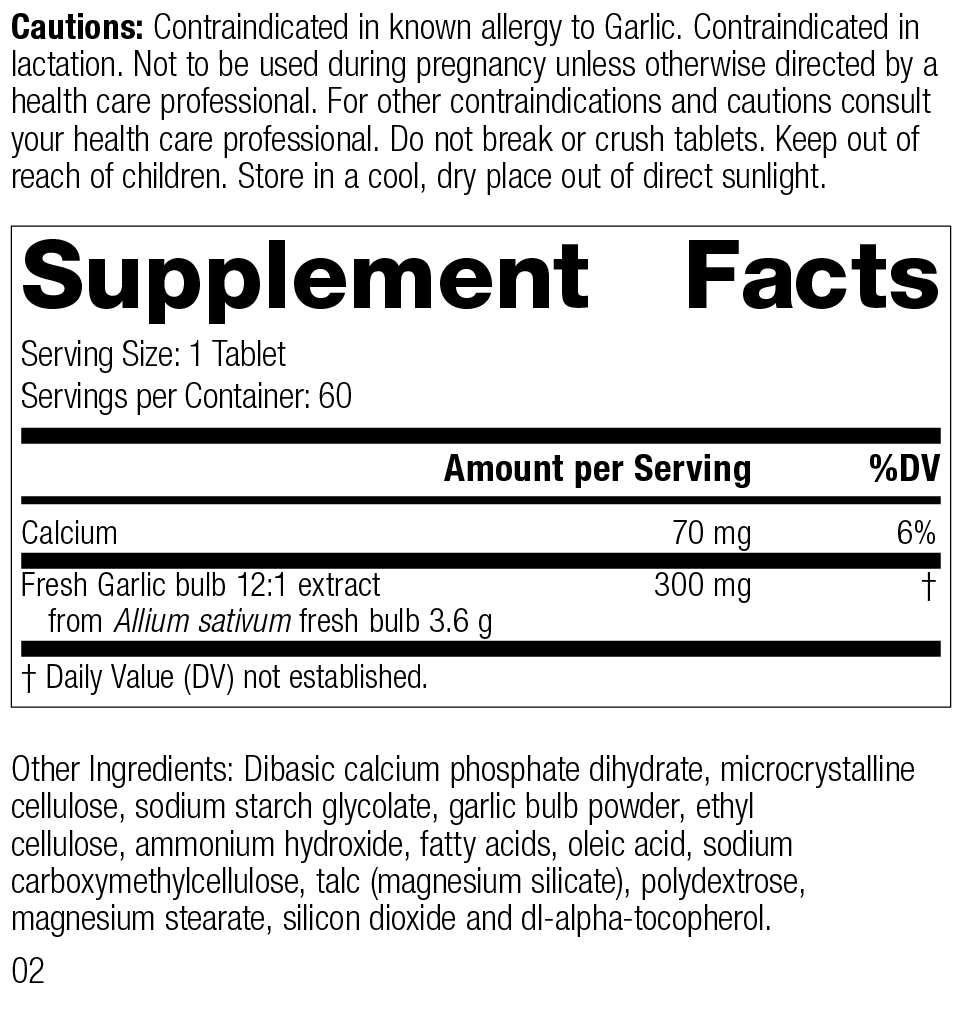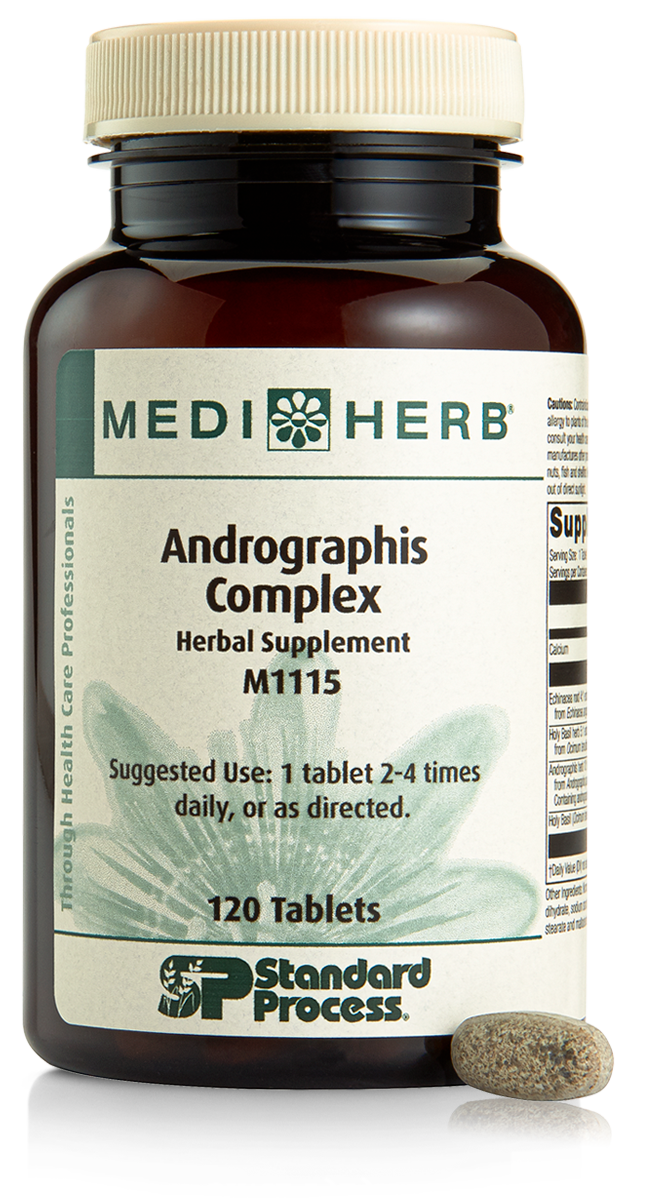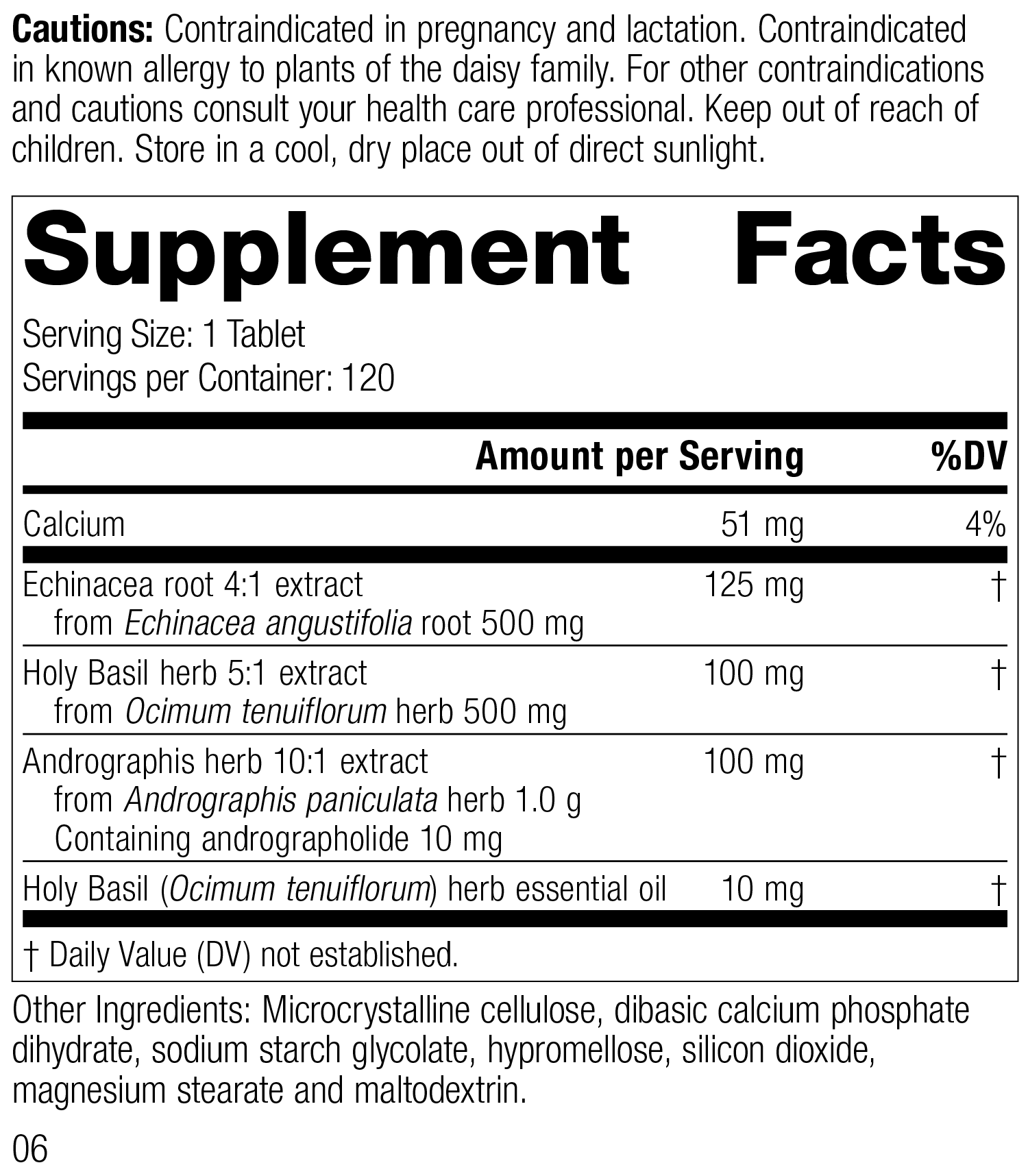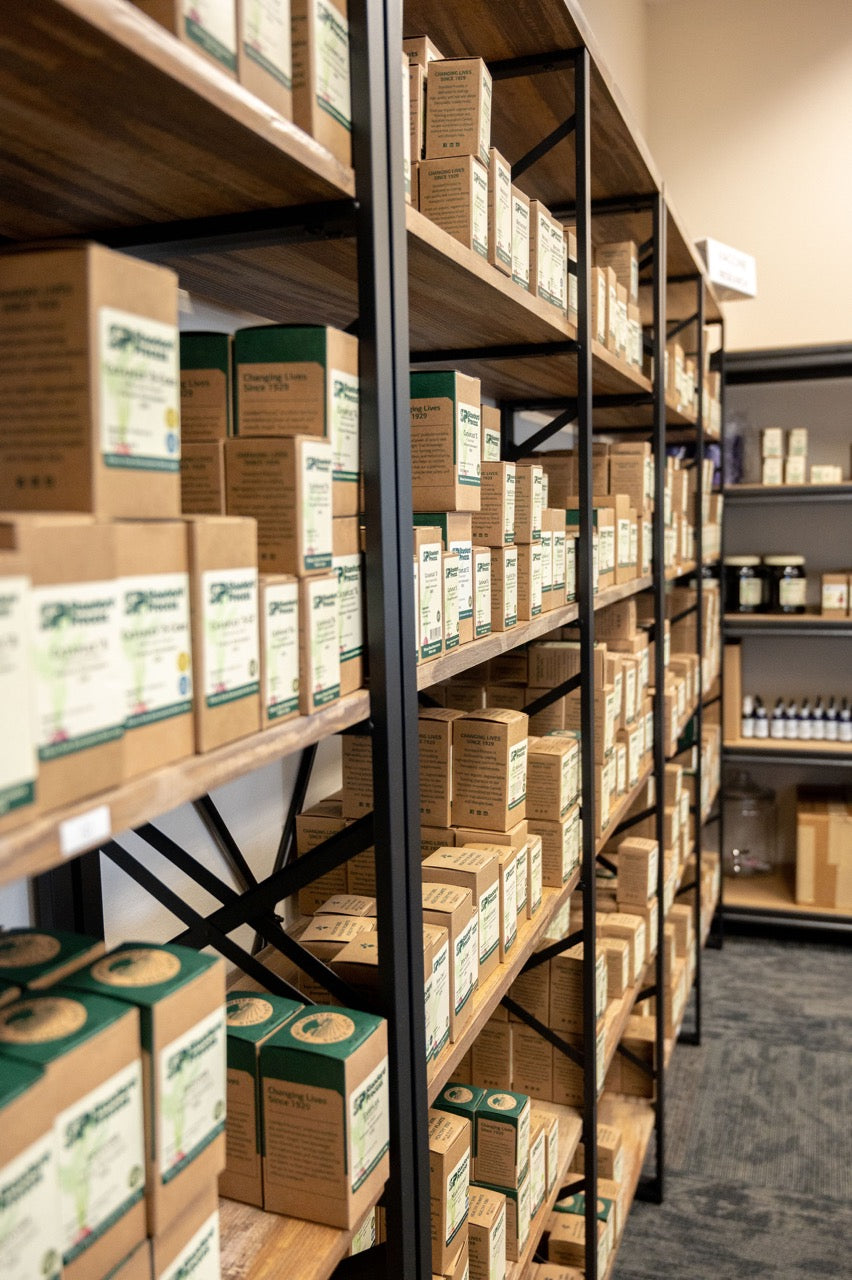Battling the Invisible Foes
Identifying Ticks and Understanding Lyme Disease and Stealth Pathogen Options


It was a warm, sunny afternoon when Sarah noticed a small tick embedded in her skin a couple days after a hike through the woods. Unbeknownst to her, this tiny bite would change her life. Within weeks, she was grappling with fatigue, joint pain, and a mysterious rash that seemed to spread across her body.
This is Sarah's story—a story shared by thousands of others battling Lyme disease and the stealth pathogens that complicate their lives.
In This Blog Post, You'll Learn...
- The Alarming Rise of Lyme Disease - Discover the factors contributing to the increasing prevalence of Lyme disease and how it is spreading to new areas.
- Identifying Ticks and Risk Areas - Learn how to spot Lyme-carrying ticks, understand their habitats, and recognize high-risk regions across the United States.
- Recognizing Symptoms and Seeking Diagnosis - Get informed about the common and less obvious symptoms of Lyme disease and the importance of accurate diagnostic tests.
- Better Understand Stealth Pathogens - Uncover the stealth pathogens that complicate Lyme disease, including elusive bacteria, viruses, and parasites that evade the immune system.
- Prevention and Protection Strategies - Find out practical tips for preventing tick bites, from protective clothing to effective repellents, and learn the steps to take if you are bitten.
- Wholistic and Herbal Treatment Options - Explore complementary therapies, including herbal remedies that support conventional treatments and help manage chronic infections.
- Real-Life Stories and Insights - Gain inspiration and hope from stories like Sarah's and research studies, highlighting resilience and effective management strategies for living with Lyme disease and stealth pathogens.
Embark on this informative journey to better understand Lyme disease and various stealth pathogens and arm yourself with the knowledge to protect your health and well-being.

The Rise of Lyme Disease
In February 2024, the Centers for Disease Control and Prevention (CDC) reported a staggering 70% increase in Lyme disease cases. Lyme disease, caused by Borrelia burgdorferi, is transmitted through the bite of infected blacklegged ticks.
Lyme disease cases are increasing. Over the past few decades, there has been a noticeable rise in the number of reported cases of Lyme disease in the United States. Several factors contribute to this increase, including changes in climate, land use, and the expansion of tick habitats.
The increase in Lyme disease cases is not uniform across the United States. The northeastern, mid-Atlantic, and north-central states have seen the most significant increases. New areas, particularly in the Midwest, are also reporting higher numbers of cases as the blacklegged tick expands its range.

The Rise of Lyme Disease
Understanding where you live and the type of ticks prevalent in your area can significantly impact your risk of contracting Lyme disease. The bacteria that cause Lyme disease in the United States, Borrelia burgdorferi and, rarely, B. mayonii, are spread to people through the bites of infected ticks. Although Lyme disease infections were close to 63,000 in 2022, the CDC estimates that the number of people who have contracted the often hard-to-diagnose illness could be as much as 10 times higher than reported cases.
Midwest
In the Midwest, particularly in the north-central United States, the blacklegged tick (also known as the deer tick, Ixodes scapularis) is the primary vector for Lyme disease. States such as Wisconsin, Minnesota, and parts of Illinois, Indiana, and Michigan are known areas where these ticks are prevalent. The percentage of ticks infected with Borrelia burgdorferi can vary widely, with some areas reporting infection rates of over 50%.
Northeastern and Mid-Atlantic
In the northeastern and mid-Atlantic regions, the blacklegged tick (Ixodes scapularis) is also responsible for transmitting Lyme disease. States from Maine down through the Coast include: Connecticut, Delaware, District of Columbia, Maine, Maryland, Massachusetts, New Hampshire, New Jersey, New York, Pennsylvania, Rhode Island, and Vermont. These areas are considered high-risk for Lyme disease, with substantial tick populations and higher rates of infection.
Pacific Coast
Along the Pacific Coast, the western blacklegged tick (Ixodes pacificus) is the vector for Lyme disease. States such as California, Oregon, and Washington have these ticks, though the infection rates may vary. It’s important to note that while Lyme disease is present, the risk can differ from location to location.
Southeastern United States
In the southeastern United States, the blacklegged ticks are found but are almost never infected with Borrelia burgdorferi. Therefore, the risk of contracting Lyme disease in these areas is significantly lower compared to other regions. States include: Virginia and West Virginia, North Carolina, Tennessee, South Carolina and Georgia. However, it's still crucial to be cautious and take preventive measures against tick bites.

Blacklegged Deer Tick (Ixodes scapularis)
Location
The Blacklegged Deer Tick, also known simply as the Deer Tick, is commonly found in the Midwest and Eastern United States, particularly in the New England, Mid-Atlantic, and Upper Midwest regions.
Time of Year
Deer ticks are active year-round but are most commonly encountered from late spring through early fall. Nymphs are particularly active in the late spring and summer, while adults are more commonly seen in the fall and early spring.
Physical Traits
Female deer ticks have a reddish-orange body with a distinctive black scutum. The body is oval-shaped and appears slightly flatter when unfed. Adult females are approximately 3-5 mm long when unfed but can expand up to 10 mm when engorged with blood.
Diseases
The Deer Tick is a primary vector for several diseases, including Lyme disease, caused by Borrelia burgdorferi, Anaplasmosis, caused by Anaplasma phagocytophilum, Babesiosis, caused by Babesia microti, and Powassan virus.
Maturity and Size
Larvae are approximately 0.5-1 mm in size and are active in late summer and early fall. Nymphs, about the size of a poppy seed (1-2 mm), are highly active in the late spring and summer. Adults, approximately 3-5 mm when unfed, are larger and more visible, and are active in cooler months.
Identifying Features and Patterns
Identify the reddish-orange body with a black scutum. These ticks are prevalent in wooded and grassy areas in the Midwest and East Coast. Always perform thorough tick checks after spending time outdoors, especially during peak activity periods.

Western Blacklegged Tick (Ixodes pacificus)
Location
The Western Blacklegged Tick is primarily found along the Pacific Coast, particularly in California, Oregon, and Washington.
Time of Year
These ticks are most active from early fall through spring, with peak activity usually in the cooler, wetter months.
Physical Traits
Females have a reddish-brown body with a black dorsal shield (scutum) near the head. The body is oval-shaped and slightly flattened. Adult females are approximately 3-5 mm long when unfed but can swell significantly when engorged with blood.
Diseases
The Western Blacklegged Tick is a known vector for Lyme disease, caused by Borrelia burgdorferi, and Anaplasmosis, caused by Anaplasma phagocytophilum.
Maturity and Size
Larvae are approximately 0.5-1 mm in size and are active in late summer and early fall. Nymphs, about the size of a poppy seed (1-2 mm), are highly active in the late spring and summer. Adults, approximately 3-5 mm when unfed, are larger and more visible, and are active in cooler months.
Identifying Features and Patterns
Look for the reddish-brown body and black scutum near the head. These ticks are often found in wooded or brushy areas along the Pacific Coast.

Stealth Pathogen Symptoms
Sarah first noticed a red, expanding bullseye rash—erythema migrans—one of the hallmark signs of Lyme disease. Soon after, she experienced fever, chills, headache, fatigue, muscle and joint aches, and swollen lymph nodes. These symptoms mirrored those of thousands of others who find themselves suddenly incapacitated by this insidious disease.
Keep in mind, not everyone who has an active Lyme Disease notices a rash because the bite is on the scalp or an unnoticeable spot on the body or the individual does not present a rash at all.

Stealth Pathogens Quiz
Stealth pathogens, including Lyme disease, present a range of symptoms that can significantly impact an individual's quality of life. Skin rash can be accompanied by fever and swollen lymph nodes, indicating an active infection.
Fatigue and headache are common, making daily activities challenging and reducing overall energy levels. Muscle and joint pain are also prevalent, causing discomfort and limiting mobility. Patients often experience chills, adding to the overall feeling of malaise.
More severe cases can lead to nausea and vomiting, further complicating the patient's condition. Neurological symptoms, such as cognitive decline and difficulty concentrating, can manifest, sometimes leading to long-term cognitive issues. Heart infection issues and difficulty breathing are serious complications that may arise, requiring immediate medical attention.
These diverse and debilitating symptoms highlight the need for early diagnosis and comprehensive treatment plans for those affected by stealth pathogens like Lyme disease.
How Lyme Disease Spreads
The bacteria that cause Lyme disease are spread through the bites of infected ticks. Lyme disease is caused by the bacteria Borrelia burgdorferi, which is transmitted to humans through the bite of infected blacklegged (Ixodes) ticks. Not all ticks carry this bacterium, but a 2012 study found that 52% of ticks tested positive for Borrelia burgdorferi. It's crucial to understand that a tick must be attached to a person for more than 24 hours to transmit the bacteria. Therefore, prompt tick removal is a key step in preventing Lyme disease.
Here’s how the process works:
Tick Attachment - For Lyme disease transmission to occur, an infected tick must attach to a person's skin and feed on their blood for more than 24 hours. The bacteria are transmitted from the tick’s saliva into the human bloodstream during this prolonged attachment.
Infection Rate - The likelihood of infection depends on various factors, including the tick's life stage (nymphs and adults are most likely to transmit Lyme disease) and the local infection rates of ticks, which can range from none to over 50%.
Unmasking the Stealth Pathogens
Stealth pathogens, like Borrelia, are elusive and hard to detect. They include not just bacteria but also viruses such as Epstein-Barr and parasites like Babesia. These pathogens can lie dormant in the body, evading the immune system and conventional treatments.
Diagnostic Testing for Lyme Disease
Accurate diagnosis of Lyme disease is crucial for effective treatment. The diagnostic process typically involves two key stages: initial screening and confirmatory testing. The two-step testing process—initial screening with ELISA followed by confirmatory testing with Western Blot—is essential for ensuring accurate diagnosis. The initial ELISA test's high sensitivity helps to catch potential cases, while the Western Blot's specificity ensures that only true positives are confirmed. This approach reduces the likelihood of false positives and ensures that patients receive appropriate and timely treatment.
Initial Screening: ELISA Test
The first step in diagnosing Lyme disease is the Enzyme-Linked Immunosorbent Assay (ELISA) test. This test is designed to detect antibodies against Borrelia burgdorferi, the bacteria responsible for Lyme disease. The presence of these antibodies indicates that the immune system has responded to the infection. The ELISA test is highly sensitive and is used as the initial screening tool due to its ability to identify a broad range of antibody levels.
Confirmatory Testing: Western Blot Test
If the ELISA test results are positive or inconclusive, the next step is confirmatory testing using the Western Blot test. This test is more specific and helps to confirm the presence of Lyme disease by identifying specific IgM and IgG antibodies against Borrelia burgdorferi.
IgM Antibodies are usually detectable within a few weeks of infection and indicate an early-stage infection.
IgG Antibodies appear later and can remain detectable for months or even years, indicating either a current or past infection.
The Western Blot test provides a more detailed analysis, confirming the initial ELISA results and helping healthcare providers make a definitive diagnosis.

What to Do If You're Bitten
If you find a tick attached to your skin, remove it promptly using fine-tipped tweezers. Grasp the tick as close to the skin’s surface as possible and pull upward with steady, even pressure. After removing the tick, clean the bite area and your hands with rubbing alcohol or soap and water.
Keep the tick and get it tested!
If you are bitten by a tick, we recommend getting the tick tested immediately. Time is of the essence.
Medical Treatment
First-line of defense is antibiotics, a single dose of doxycycline taken within 72 hours of the bite can help manage Lyme disease.
For active cases of Lyme disease, a course of antibiotics is typically given for 2-4 weeks then performing a Stealth Pathogen Supplement and herbal plan is highly recommended.
Prevention Strategies
Preventing Lyme disease involves a combination of avoiding tick bites and promptly removing any ticks you find. Here are some practical steps:
- Avoid Tick-Infested Areas - Especially during peak tick season in the spring and summer.
- Use Tick Repellents - Apply insect repellent on exposed skin and clothing.
- Wear Protective Clothing - Long sleeves, pants, and closed-toe shoes can help reduce skin exposure.
- Perform Tick Checks - After spending time outdoors, check your body for ticks and remove them immediately.
- Shower After Outdoor Activities - Showering within two hours of coming indoors can help wash off unattached ticks.
Strategies for Stealth Pathogens
Identifying stealth pathogens often involves recognizing symptoms like low-grade fevers, recurrent infections, and poor immunity. Treatment protocols are designed to target these persistent organisms and support overall health. A typical stealth pathogen protocol includes:
- Eliminating Undigested Proteins - Using products like Zypan to create an inhospitable environment for pathogens by normalizing pH levels.
- Boosting the Immune System - Using Andrographis Complex to upregulate immune responses.
- Destroying Overgrowths - Utilizing Wormwood Complex, Viranon, Myrrh Forte, Cat's Claw Complex, or Artemisinin Forte to combat bacterial, viral, fungal, yeast, and parasitic overgrowths.
- Normalizing Bacteria Levels - Incorporating Garlic and Prosynbiotic to restore healthy bacterial balance.
- Targeted Nutrient Support - Utilize products to support your heart, brain and/or joint inflammation is key.
Jarisch-Herxheimer Reaction
People undergoing treatment for stealth pathogens may experience the Jarisch-Herxheimer reaction, a detox response characterized by symptoms like headache, fever, chills, sweating, and low blood pressure. This reaction occurs due to the release of endotoxins from dying bacteria and an increase in inflammatory cytokines. If this happens, slow down your protocol and include lymphatic drainage products such as Spanish Black Radish or Thymex to your plan. G.I. Adsorb can also be used in more severe cases of the reaction.
The Importance of Dosed Cycles
Treatment protocols for stealth pathogens often involve dosed cycles to allow the gut to heal and the immune system to clean up bacterial die-off. This approach helps in managing the die-off of bacteria and targeting hidden pathogens that come out of hiding during the cycle.

Putting Your Stealth Pathogen Plan Together
Stealth pathogens can pose significant health challenges. While conventional treatments are available, many people seek complementary herbal support to bolster their immune systems and help combat these infections.
A combination of Garlic Forte, Biofilm Probalance, Andrographis and Turmeric Forte was selected for Sarah. After a couple 14 day cycles, she was encouraged saying, “Using the products has been life-changing. The herbal treatments helped reduce my chronic pain and fatigue, giving me my life back. I feel more energized and hopeful every day.”
Here we explore various herbal formulas from MediHerb and their relevance to these diseases, supported by clinical evidence and expert opinions.
Artemisinin Forte
Artemisinin Forte, derived from Sweet Wormwood (Artemisia annua), has gained significant recognition in the medical community for its powerful antimalarial properties. This recognition culminated in the awarding of the Nobel Prize in Medicine in 2015 to Tu Youyou, the Chinese scientist who discovered Artemisinin.
Tu Youyou's groundbreaking work involved the extraction of Artemisinin from the Artemisia annua plant, which has been used in traditional Chinese medicine for centuries. Her discovery revolutionized the treatment of malaria, particularly in areas where the disease had become resistant to conventional therapies.
Artemisinin works by rapidly reducing the number of Plasmodium parasites in the blood of patients with malaria, making it a critical component in the global fight against this life-threatening disease.
The impact of Artemisinin extends beyond malaria. Its efficacy against Babesiosis, a tick-borne disease similar to malaria, has made it a valuable addition to the arsenal of treatments for infections transmitted by ticks. The use of Artemisinin in managing Babesiosis highlights its versatility and the broader potential of herbal medicine in addressing various infectious diseases.
Viranon
Viranon includes ingredients such as St John's Wort (Hypericum perforatum), Thuja (Thuja occidentalis), and Licorice (Glycyrrhiza glabra). St. John's Wort, Thuja, and Licorice have been studied for their effects showing some promise against stealth pathogens. St. John's Wort has demonstrated antiviral activity. Its active compound, hypericin, can interfere with viral replication.
Thuja occidentalis is used in traditional medicine for its antiviral, antibacterial, and immune-boosting properties. It has shown effectiveness against respiratory pathogens and may help support the immune system in fighting infections.
Licorice root, specifically its active component glycyrrhizin, has exhibited significant antiviral and anti-inflammatory properties. It has been studied for its effects on viruses, where it inhibits viral replication and enhances the body's immune response. Additionally, glycyrrhizin has been found to modulate inflammatory processes, which can be beneficial in managing the symptoms and progression of infections caused by stealth pathogens.
Wormwood Complex
Wormwood Complex contains Wormwood (Artemisia absinthium), Black Walnut (Juglans nigra), Clove (Syzygium aromaticum), and Quassia (Quassia amara). Wormwood is traditionally used for parasitic infections. Let's review it's primary ingredients:
Wormwood has been studied for its antimicrobial properties, making it a potential treatment for stealth pathogens. It has shown effectiveness against bacteria like Staphylococcus aureus, including MRSA, and fungi like Candida albicans. Wormwood's components, such as thujone, exhibit antibacterial, antifungal, antiviral, and antiparasitic activities, supporting its use in managing various infections. However, due to potential toxicity, especially with long-term or high-dose use, it should be used cautiously.
Black walnut is known for its antimicrobial and antiparasitic properties, particularly due to juglone, a compound effective against bacteria, fungi, and intestinal parasites. It has been traditionally used to treat fungal infections, bacterial infections, and intestinal worms.
Garlic Forte
Garlic Forte consists of Garlic (Allium sativum) in an enteric coated capsule (do not crush or break) and has been shown to be beneficial for bacterial overgrowth.
Research has shown that enteric coated garlic may have potential benefits in treating Lyme disease. A study by the Johns Hopkins Bloomberg School of Public Health found that essential oils from garlic, among other herbs, displayed significant activity against the "persister" forms of the Lyme disease bacterium, Borrelia burgdorferi.
These forms of the bacteria are typically resistant to standard antibiotics, making garlic oil a promising candidate for addressing persistent Lyme disease symptoms.
The study tested 35 essential oils and found that garlic, along with oils from other plants like thyme and cinnamon, showed strong killing activity against dormant and slow-growing Lyme bacteria.
This suggests that these essential oils could potentially enhance the effectiveness of traditional antibiotic treatments, especially in patients experiencing lingering symptoms after initial treatment.
Andrographis Complex
Andrographis Complex is a blend of Andrographis (Andrographis paniculata), Echinacea (Echinacea spp.), and Holy Basil (Ocimum tenuiflorum). Echinacea is well-known for its immune-enhancing properties and has been used to prevent and treat respiratory infections. While specific studies on Echinacea's impact on Lyme disease are limited, its ability to boost immune function suggests potential benefits in managing infections caused by stealth pathogens.
Research indicates that Andrographis paniculata, specifically its active component andrographolide, exhibits significant antimicrobial properties. It has been traditionally used to treat infections and has shown promise against various pathogens due to its ability to enhance the immune response and reduce proinflammatory cytokines. However, its effectiveness against Lyme disease specifically is less clear, with some studies suggesting limited activity against Borrelia burgdorferi in vitro. Nonetheless, its general antimicrobial and immune-boosting properties make it a candidate for further research in treating Lyme disease and other stealth pathogens.
Holy Basil, or Tulsi, is another herb with notable antimicrobial and anti-inflammatory properties. It has been used in traditional medicine to treat a variety of conditions, including infections. While direct research on Holy Basil's effects on Lyme disease is limited, its broad-spectrum antimicrobial properties suggest it could be beneficial in managing infections from stealth pathogens.
Myrrh Forte
Myrrh Forte (call the office to order) includes Myrrh (Commiphora myrrha). Recent research highlights myrrh's effectiveness in combating various pathogens, including its potent antimicrobial and antiparasitic activities. Essential oils derived from myrrh have shown strong activity against bacteria, fungi, and viruses, including resistant strains. Myrrh's anti-inflammatory and analgesic properties are particularly beneficial in managing pain and inflammation. Its wide range of biological activities suggests myrrh's potential as a valuable tool for battling stealth pathogens.
Chart of Herbal Clinical Relevance
Learn what the research says about the herbs and stealth pathogens.
| Herb Formula | Herbs Included | Lyme Disease | Babesiosis | Anaplasmosis | Powassan Virus | Ehrlichiosis |
|---|---|---|---|---|---|---|
| Viranon | St John's Wort, Thuja, Licorice | ✔️ | ❌ | ❌ | ❌ | ❌ |
| Wormwood Complex | Wormwood, Black Walnut, Clove, Stemona | ❌ | ✔️ | ✔️ | ❌ | ✔️ |
| Garlic Forte | Garlic | ✔️ | ❌ | ❌ | ❌ | ❌ |
| Artemisinin Forte | Sweet Wormwood | ✔️ | ✔️ | ❌ | ✔️ | ❌ |
| Andrographis Complex | Andrographis, Echinacea, Holy Basil | ✔️ | ✔️ | ✔️ | ✔️ | ✔️ |
| Myrrh Forte | Myrrh | ✔️ | ✔️ | ✔️ | ❌ | ✔️ |
What is Biofilm?
Biofilms are complex communities of microorganisms that produce a protective matrix, allowing bacteria to evade the host's immune system and resist antibiotics. This makes treating stealth pathogen infections, such as Lyme disease, Babesiosis, Anaplasmosis, and others, particularly challenging.
The biofilm matrix shields the bacteria from antimicrobial agents, leading to persistent infections and chronic inflammation. These biofilms also contribute to immune evasion, allowing pathogens to survive for extended periods, which exacerbates conditions like chronic Lyme disease and other tick-borne illnesses. Polymicrobial biofilms, containing multiple species, further complicate treatment by requiring diverse therapeutic approaches. Addressing biofilm-related infections requires a multifaceted approach.
Biofilm Probalance by Standard Process is a nutritional supplement designed to disrupt biofilms, protective layers formed by microorganisms that make infections resistant to treatment. Key ingredients include enzymes like serrapeptase, nattokinase, and bromelain, which break down the biofilm matrix, and lactoferrin and lysozyme, which have antimicrobial properties. Black cumin seed extract supports immune function. By breaking down biofilms, Biofilm Probalance enhances the effectiveness of antimicrobial treatments, reduces inflammation, and promotes a healthy microbial balance, aiding the body's natural defense against chronic infections.
Anti-Inflammatory Diet
An anti-inflammatory diet offers several advantages for managing stealth pathogens, such as Lyme disease, chronic viral infections, and other hidden infections. These advantages stem from the diet's ability to reduce inflammation, support immune function, and enhance overall health. Stealth pathogens often cause persistent, low-grade inflammation that can lead to chronic symptoms.
An anti-inflammatory diet, rich in fruits, vegetables, whole grains, healthy fats, and lean proteins, helps to reduce this chronic inflammation. Foods like leafy greens, berries, nuts, fatty fish, and olive oil are known for their anti-inflammatory properties. By reducing inflammation, the body can better manage the symptoms and potentially slow the progression of diseases caused by stealth pathogens.
Nutrients such as vitamins A, C, D, E, and minerals like zinc and selenium, found abundantly in anti-inflammatory foods, are crucial for maintaining a robust immune system. A strong immune system is better equipped to identify and combat stealth pathogens, reducing the pathogen load and improving disease outcomes. For example, antioxidants from berries and green tea can help neutralize free radicals and reduce oxidative stress, further supporting immune health.
The gut plays a significant role in immune function and inflammation. An anti-inflammatory diet often includes high-fiber foods that promote a healthy gut microbiome, enhancing immune responses and reducing inflammation throughout the body.
Probiotic-rich foods such as yogurt, kefir, and fermented vegetables can support gut health, which in turn supports the overall immune system.
Many anti-inflammatory foods contain natural compounds that can help reduce pain and other symptoms associated with chronic infections. For instance, omega-3 fatty acids in fish oil have been shown to reduce joint pain and stiffness, which are common symptoms in diseases like Lyme disease.

Conclusion
Sarah adopted an anti-inflammatory diet, focusing on whole foods and avoiding processed items. Hydration and rest became essential parts of her routine, along with stress management techniques like yoga and meditation. Gentle physical activities, such as walking and swimming, helped maintain her mobility and reduce stiffness.
Regular check-ups and follow-ups with her healthcare provider ensured that Sarah's treatment was on track. Maintaining a symptom diary helped her adjust her protocol as needed.
Sarah's story is one of resilience and hope. It underscores the importance of a comprehensive approach to managing Lyme disease and stealth pathogens.
While antibiotics remain a primary treatment, integrating herbal therapies from trusted brands like Standard Process and MediHerb can offer additional support in managing symptoms and promoting overall health.
Stealth pathogens present a significant challenge to healthcare due to their ability to evade the immune system and cause chronic infections. Understanding these pathogens and utilizing comprehensive treatment protocols can help manage and eradicate these elusive microorganisms, leading to improved health outcomes.
A personalized nutritional evaluation can play a crucial role in this process. Our assessment will identify any specific nutritional deficiencies and recommend the optimal Standard Process and Mediherb supplements to fill those gaps. This thoughtful, personalized support can help individuals feel their best every day, enabling them to continue nurturing themselves and those around them with renewed energy and vitality.
References
- My Holistic Dentist. (n.d.). How stealth pathogens are linked to systemic diseases. Retrieved from https://www.myholisticdentist.com/how-stealth-pathogens-are-linked-to-systemic-diseases
- Su, X.-z., & Miller, L. H. (2015). The discovery of artemisinin and Nobel Prize in Physiology or Medicine. Science China Life Sciences, 58(11), 1175–1179. Retrieved from https://link.springer.com/article/10.1007/s11427-015-4948-7
- Dolara, P., Corte, B., Ghelardini, C., et al. (2000). Pianto Med. 66(4), 356-358.
- Haridy, F. M., El Garhy, M. F., & Morsy, T. A. (2003). Efficacy of Mirazid (Commiphora molmol) against fascioliasis in Egyptian sheep. Journal of the Egyptian Society of Parasitology, 33(3), 917-924.
- Centers for Disease Control and Prevention. (2024, February). Lyme disease cases increase in the United States. Retrieved from https://www.cdc.gov/lyme/data-research/facts-stats/surveillance-data-1.html
- Smith, R. P., & Telford, S. R. (2012). Prevalence of Borrelia burgdorferi in Ixodes scapularis. Journal of Clinical Microbiology, 50(10), 3463-3467. Retrieved from
- O’Rielly, C. (2017). How stealth pathogens are linked to systemic diseases.
- Centers for Disease Control and Prevention. (2024, May 15). Treatment and prevention of Powassan virus disease.
- Cleveland Clinic. (2024). Powassan virus: Causes, symptoms, diagnosis & treatment.
- Johns Hopkins Bloomberg School of Public Health. (2018, December 3). Essential oils from garlic and other herbs and spices kill "persister” Lyme disease bacteria. Retrieved from https://publichealth.jhu.edu/2018/essential-oils-from-garlic-and-other-herbs-and-spices-kill-persister-lyme-disease-bacteria
- LymeDisease.org. (2020, February 21). Seven herbal medicines can kill Lyme disease bacteria in test tube. Retrieved from https://www.lymedisease.org
- RawlsMD. (2024). New Johns Hopkins study: 7 herbs can kill Lyme bacteria. Retrieved from https://rawlsmd.com/health-articles/real-talk-new-johns-hopkins-study-7-herbs-can-kill-lyme-bacteria
- Boroja, T., Banjanac, T., Kaurinovic, B., Vujic, J., Stojicevic, S., & Mihailovic, V. (2019). Romanian Wormwood (Artemisia absinthium L.): Physicochemical and nutraceutical screening. Molecules, 24(17), 3087. https://doi.org/10.3390/molecules24173087
- Seca, A. M. L., & Pinto, D. C. G. A. (2021). Research advances on health effects of edible Artemisia species and some sesquiterpene lactones constituents. Foods, 10(1), 65. https://doi.org/10.3390/foods10010065
- Wormwood: Benefits, Risks, and Side Effects. (2022). Verywell Health.
- Phytochemical Analysis and Antimicrobial Studies for the Different Metabolites Produced by Wormwood Plant (Artemisia absinthium). (2015). Indian Journal of Applied Research. https://www.worldwidejournals.com/indian-journal-of-applied-research-(IJAR)/fileview/March_2015_1492417347__04.pdf
- Goff, Z. D., Zaeh, S. E., Poku, M. K., Aucott, J. N., & Gelber, A. C. (2021). Evolving distal signs. Cleveland Clinic Journal of Medicine, 88(6), 310-312. https://doi.org/10.3949/ccjm.88a.20126
- Feng, J., Shi, W., Miklossy, J., Tauxe, G. M., McMeniman, C. J., & Zhang, Y. (2018). Identification of essential oils with strong activity against stationary phase Borrelia burgdorferi. Antibiotics, 7(4), 89. https://www.mdpi.com/2079-6382/7/4/89
- Johns Hopkins Lyme Disease Research Center. (n.d.). Lyme disease research highlights. https://www.hopkinslyme.org/news/
Disclaimer: The information provided in this email article is for educational and informational purposes only and is not intended as medical advice. The contents of this article should not be used to diagnose, treat, prevent, or cure any disease or condition. Before starting any new dietary supplement or making significant changes to your health and wellness routine, please consult with a healthcare professional.The views and nutritional advice expressed in this email are not meant to be a substitute for conventional medical service, and any use of the mentioned supplements should be discussed with your physician or another licensed healthcare provider. All readers of this content, especially those taking prescription or over-the-counter medications, should consult their doctors before beginning any nutrition, supplement, or lifestyle program.


